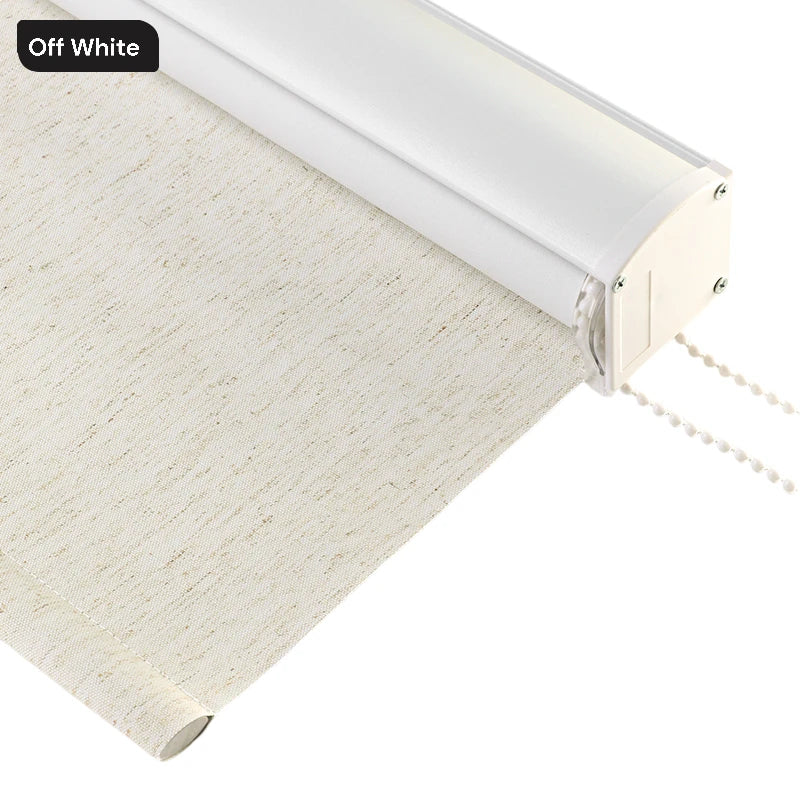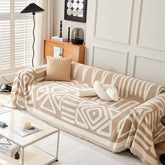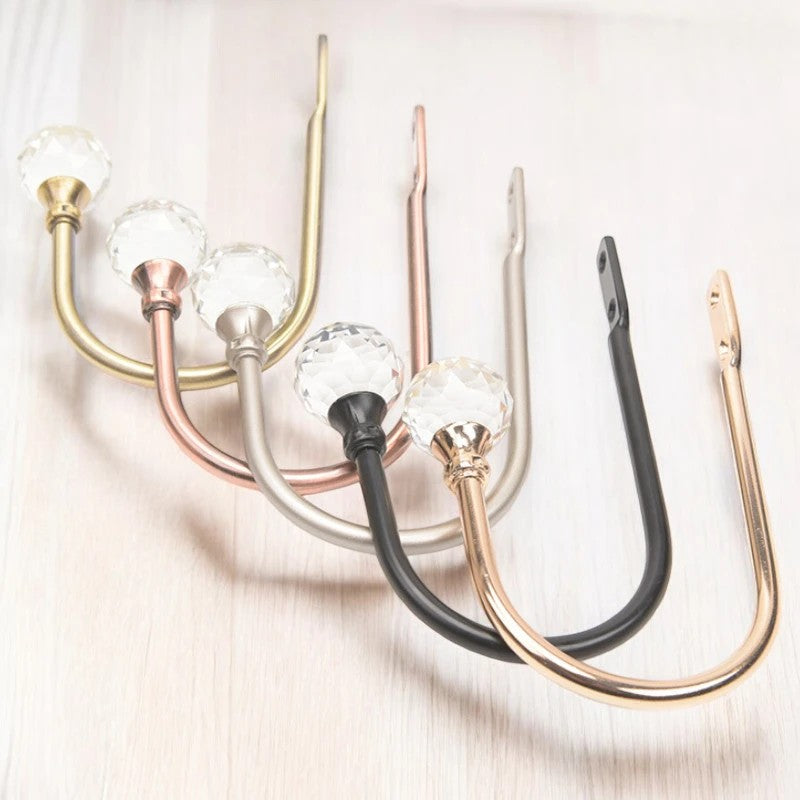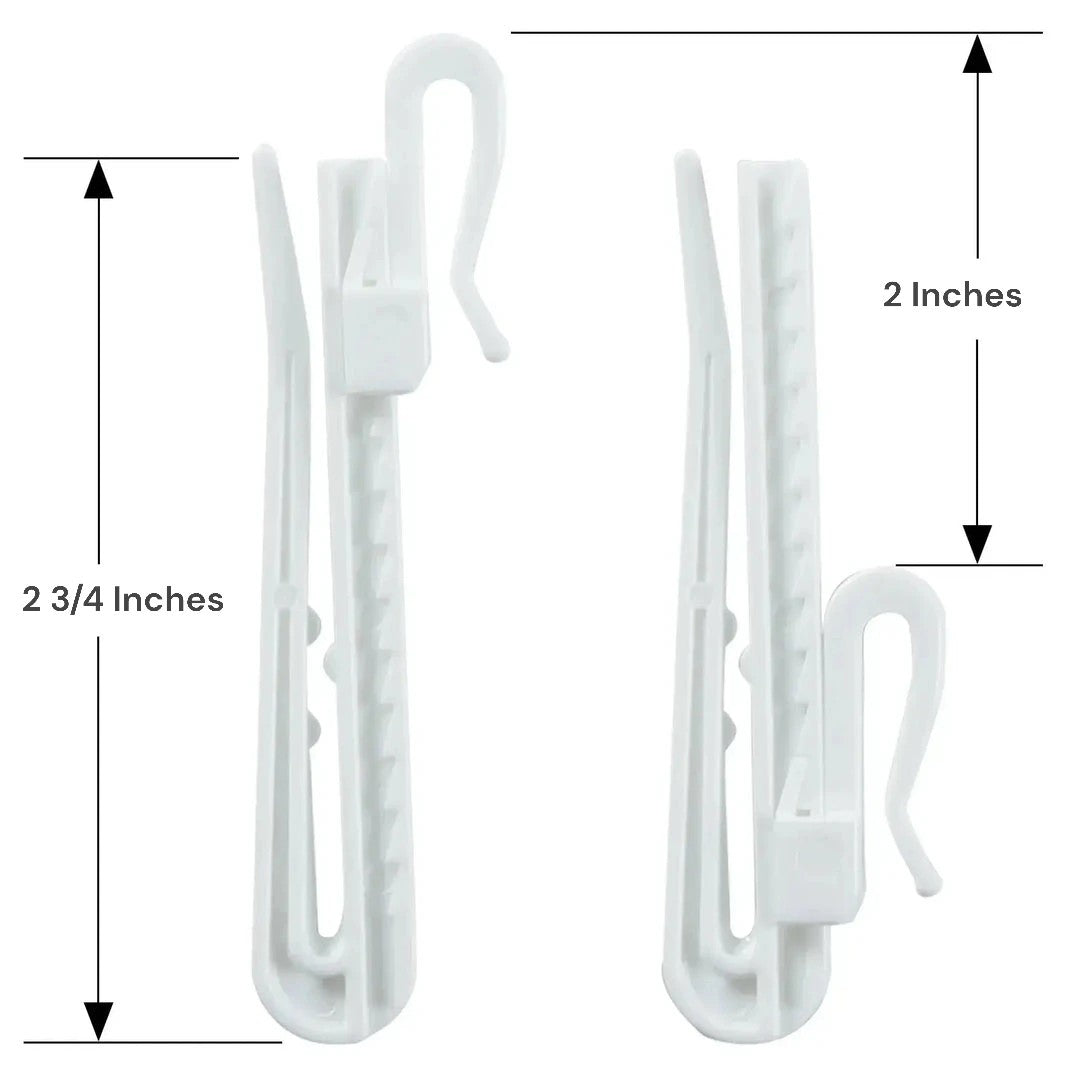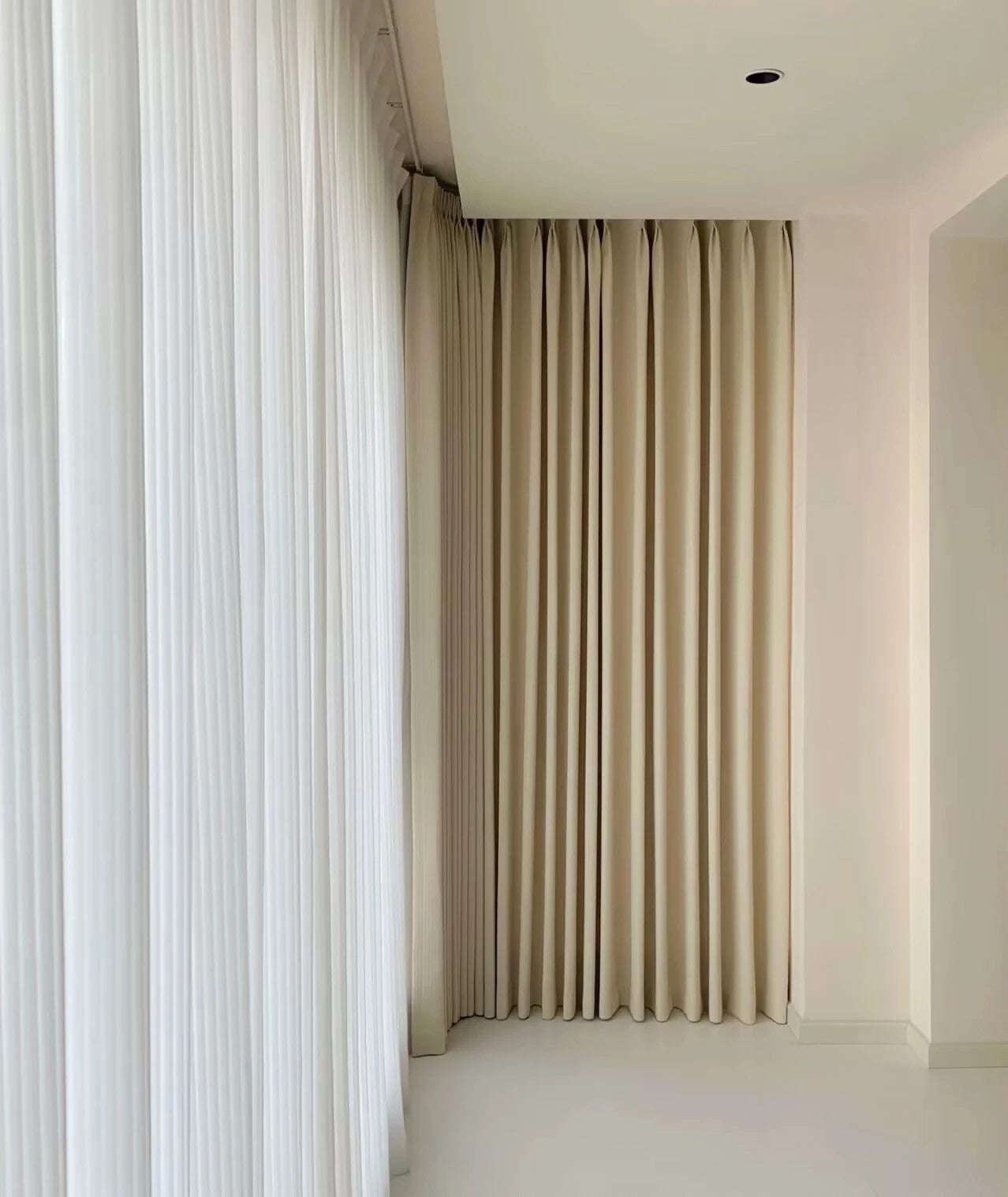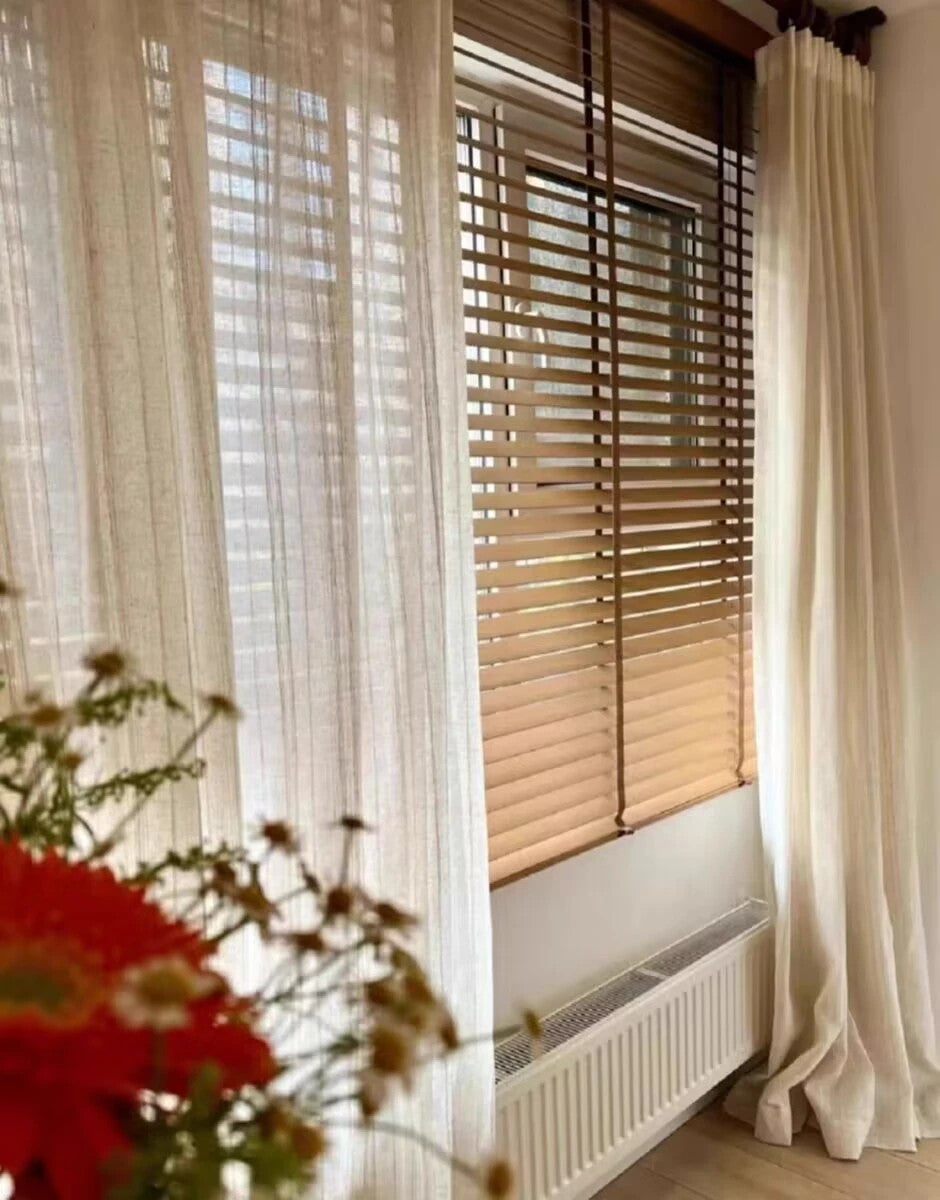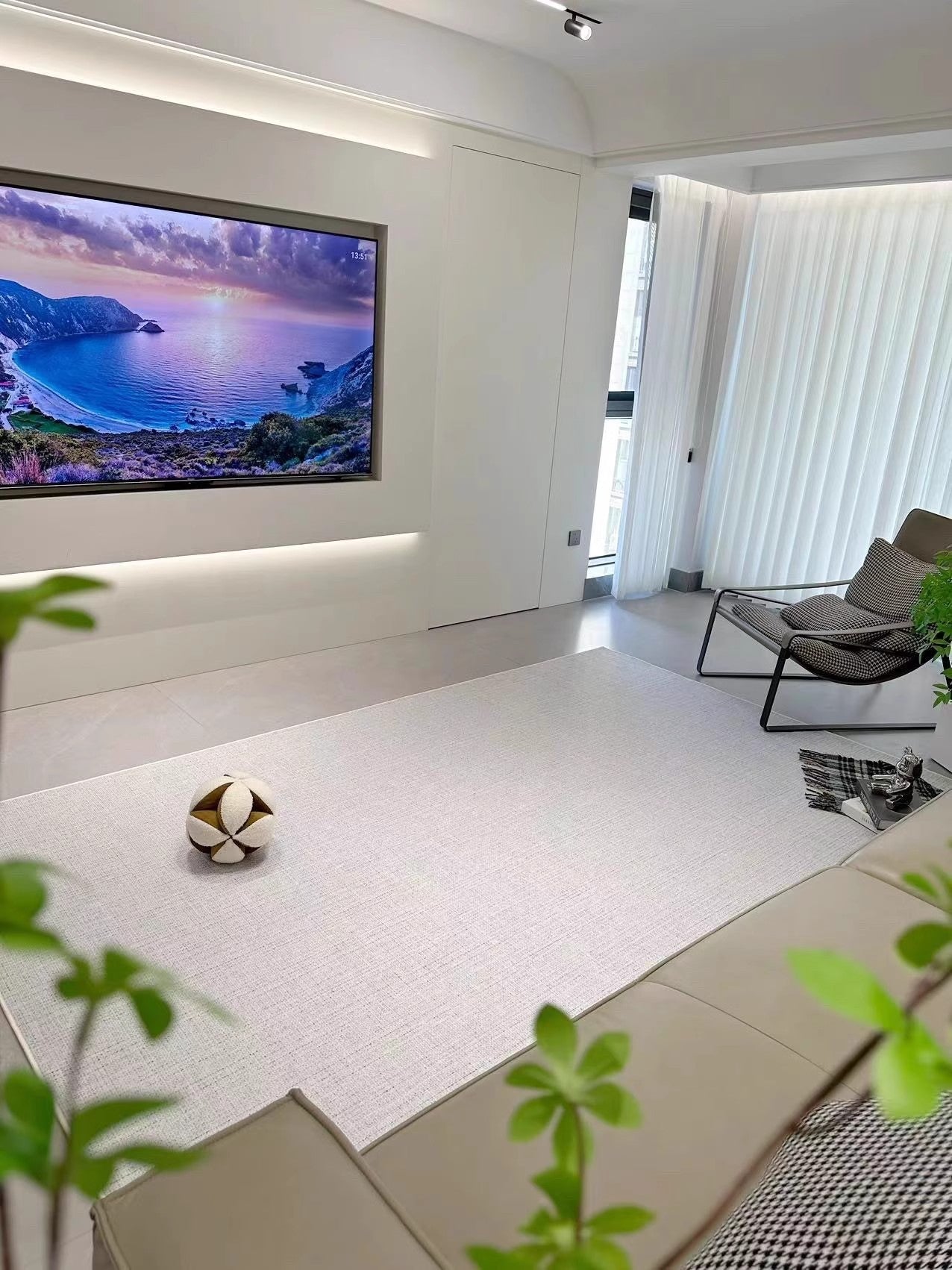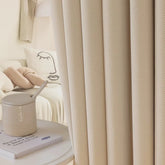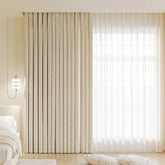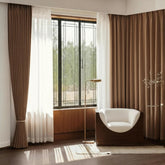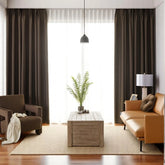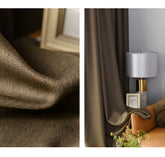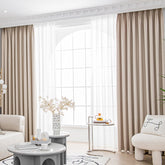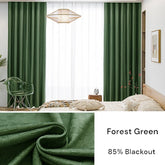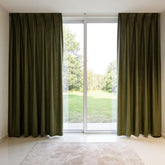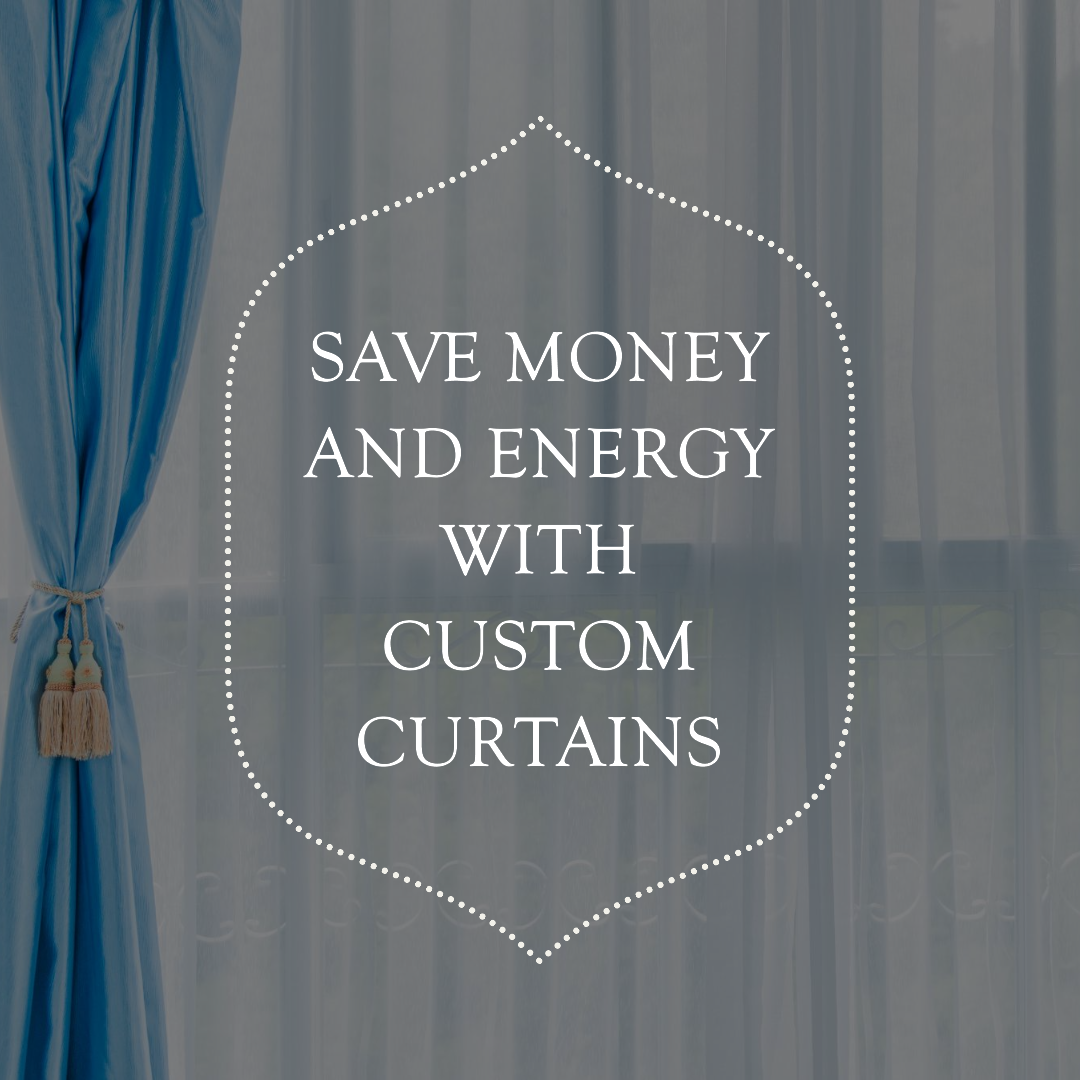Are Custom Curtains Energy-Efficient?
Custom curtains are a popular choice for homeowners looking to enhance the aesthetics of their living spaces. These made-to-measure window coverings offer a range of benefits, from privacy and light control to adding a touch of style to any room. However, in addition to their decorative function, custom curtains can also play a significant role in improving energy efficiency in homes.
Energy efficiency is a crucial consideration for homeowners today, as it not only helps reduce utility bills but also contributes to a more sustainable environment. In this comprehensive guide, we will explore the factors that affect the energy efficiency of custom curtains, evaluate their effectiveness, and discuss the benefits of using energy-efficient curtains in your home.
Overview of the essay's purpose and structure
This guide aims to provide homeowners with a comprehensive understanding of energy-efficient custom curtains. We will start by defining energy efficiency and its importance in homes. Then, we will delve into the factors that affect the energy efficiency of curtains, such as material selection, lining options, and design considerations.
Next, we will explore how to evaluate the energy efficiency of custom curtains through R-value and U-factor measurements, as well as testing and certification standards. We will then discuss the benefits of using energy-efficient custom curtains, including reduced energy consumption and enhanced comfort.
The guide will also include case studies and examples to illustrate the real-life impact of energy-efficient curtains. Additionally, we will cover cost considerations, other factors to consider, and maintenance and care tips for custom curtains. Finally, we will conclude with a summary of the key points and the overall assessment of the energy efficiency of custom curtains.
II. Understanding Energy Efficiency
Before diving into the specifics of energy-efficient custom curtains, it's essential to understand the concept of energy efficiency itself. Energy efficiency refers to the ability of a product or system to perform its intended function while using the least amount of energy possible. Energy-efficient products are designed to minimize energy waste and reduce the overall energy consumption of a home or building.
Energy-efficient products offer several benefits, including cost savings, reduced environmental impact, and improved comfort. By using energy-efficient curtains, homeowners can optimize the insulation of their windows, preventing heat loss during the winter and heat gain during the summer. This, in turn, reduces the need for excessive heating or cooling, resulting in lower energy bills and a smaller carbon footprint.
Curtains, in particular, play a significant role in energy efficiency. They act as a barrier between the interior of a home and the external environment, helping to regulate temperature, control light, and provide privacy. By choosing energy-efficient custom curtains, homeowners can maximize the insulation properties of their window coverings and further enhance the energy efficiency of their homes.
III. Factors Affecting Energy Efficiency in Curtains
Several factors contribute to the energy efficiency of custom curtains. These include the material selection, lining options, and design and construction of the curtains. Let's explore each of these factors in more detail.
A. Material selection
The choice of fabric for custom curtains plays a crucial role in their energy efficiency. Different fabrics have varying insulating properties, which can impact the thermal performance of the curtains. For example, heavy fabrics like velvet and wool offer excellent insulation and can help keep the heat in during winter and out during summer. On the other hand, lightweight fabrics like gauze and sheer curtains may allow more heat transfer but can still provide some level of insulation.
When selecting materials for energy-efficient curtains, it's essential to consider both natural and synthetic options. Natural materials like cotton and linen offer breathability and a more sustainable choice, while synthetic materials like polyester and acrylic can provide enhanced durability and wrinkle resistance. By understanding the insulating properties of different fabrics, homeowners can make informed decisions about the most suitable material for their energy-efficient custom curtains.
B. Lining options
In addition to the choice of fabric, the lining of custom curtains also plays a significant role in energy efficiency. Curtain linings can provide additional insulation and light control, further enhancing the energy-saving properties of the curtains. There are various types of curtain linings available, including thermal linings, blackout linings, and interlining.
Thermal linings are designed to improve the insulation of curtains by reducing heat transfer through the window. They can help keep the cold air out during winter and prevent heat gain during summer. Blackout linings, on the other hand, are ideal for bedrooms or media rooms, as they block out light and provide privacy. Interlining, which is an additional layer of fabric placed between the face fabric and the lining, can further enhance the insulation properties of the curtains.
C. Design and construction
The design and construction of custom curtains also impact their energy efficiency. Factors such as pleats, folds, and layers can affect the insulation properties of the curtains. For example, curtains with pleats or folds create air pockets that act as additional insulation barriers. Layering curtains with sheer curtains or blinds can provide added insulation and light control.
Additionally, the fit of the curtains and the installation method can also influence their energy efficiency. Properly fitted curtains that cover the entire window and extend beyond the frame can minimize drafts and heat loss. Installing curtains with pelmets or valances can further improve insulation by preventing air circulation at the top of the window.
IV. Evaluating the Energy Efficiency of Custom Curtains
Measuring and evaluating the energy efficiency of custom curtains is essential to ensure their effectiveness in reducing energy consumption. Two key metrics used to assess the energy efficiency of insulation products, including curtains, are R-value and U-factor.
A. R-value and U-factor
The R-value measures the thermal resistance of a material or product. It indicates how well the material can resist heat flow, with higher R-values indicating better insulation properties. When it comes to curtains, a higher R-value means better insulation and reduced heat transfer through the window.
The U-factor, on the other hand, measures the rate of heat transfer through a material or product. It represents the inverse of the R-value and indicates how much heat can pass through the material. A lower U-factor signifies better insulation and reduced heat loss or gain.
B. Testing and certification
Various organizations provide testing and certification for energy-efficient curtains. One well-known certification is the Energy Star label, which indicates that the curtains meet specific energy efficiency criteria set by the Environmental Protection Agency (EPA). Energy Star-certified curtains have been tested and proven to provide significant energy savings.
In addition to Energy Star, there are other industry standards and labels that homeowners can look for when selecting energy-efficient custom curtains. These certifications ensure that the curtains meet specific performance requirements and can help homeowners make informed choices about their energy-saving potential.
V. Benefits of Using Energy-Efficient Custom Curtains
Using energy-efficient custom curtains offers several benefits for homeowners. Let's explore some of the key advantages:
A. Reduced energy consumption
One of the primary benefits of energy-efficient custom curtains is reduced energy consumption. By optimizing the insulation of windows, these curtains help minimize heat loss during winter and heat gain during summer. This, in turn, reduces the need for excessive heating or cooling, resulting in lower energy bills.
Lower heating and cooling costs not only save money but also contribute to a more sustainable environment. By reducing energy consumption, homeowners can reduce their carbon footprint and make a positive impact on climate change.
B. Enhanced comfort and indoor climate
Energy-efficient custom curtains also contribute to enhanced comfort and a more pleasant indoor climate. By regulating temperature, these curtains help maintain a comfortable living environment throughout the year. They can keep the heat in during winter, making the room cozy, and block out excessive sunlight during summer, preventing overheating.
In addition to temperature regulation, energy-efficient curtains also help control humidity levels. By preventing drafts and reducing condensation, these curtains contribute to a healthier indoor environment and help prevent issues like mold and mildew growth.
Furthermore, energy-efficient curtains offer additional benefits such as noise reduction and privacy. The insulation properties of these curtains help reduce outside noise, creating a quieter and more peaceful living space. They also provide privacy by blocking the view from the outside, allowing homeowners to enjoy their personal space without compromising on natural light.
VI. Case Studies and Examples
Real-life examples and case studies can provide valuable insights into the effectiveness of energy-efficient custom curtains. Here are a few examples:
A. Real-life examples of energy-efficient custom curtains
Case Study 1: The Smith family installed energy-efficient custom curtains in their living room. They noticed a significant reduction in their heating bills during the winter months, as the curtains helped keep the cold air out and retained the heat inside the room.
Case Study 2: The Johnsons upgraded their bedroom curtains to energy-efficient blackout curtains. They found that the curtains not only blocked out light and provided privacy but also helped regulate the temperature in the room, resulting in a more comfortable sleep environment.
B. Testimonials from homeowners and experts
"I was amazed at the difference energy-efficient custom curtains made in my home. Not only did they reduce my energy bills, but they also added a touch of elegance to my living space." - Sarah, homeowner
"Energy-efficient curtains are a cost-effective way to improve the energy efficiency of any home. They offer both environmental and financial benefits, making them a smart choice for homeowners." - John, energy efficiency expert
C. Comparison of energy savings with and without custom curtains
A study conducted by the Department of Energy found that energy-efficient curtains can reduce heat loss by up to 25% during the winter and reduce heat gain by up to 33% during the summer. This translates to significant energy savings and reduced reliance on heating and cooling systems.
VII. Cost Considerations
When considering energy-efficient custom curtains, it's essential to take into account both the initial investment and the long-term savings.
A. Initial investment
The price range of custom curtains can vary depending on factors such as fabric choice, size, and design complexity. While energy-efficient curtains may have a slightly higher upfront cost compared to standard curtains, the long-term savings in energy bills can offset the initial investment.
Factors influencing the cost of energy-efficient custom curtains include the choice of fabric, lining options, and additional features such as pleats or layers. Homeowners should consider their budget and prioritize the features that align with their energy-saving goals.
B. Long-term savings
Calculating the long-term savings of energy-efficient custom curtains involves considering the energy savings over time. By reducing heating and cooling needs, these curtains can lead to significant cost savings in the long run. Homeowners can calculate their potential energy savings by comparing their current energy consumption with the expected savings from using energy-efficient curtains.
Additionally, it's important to consider the return on investment (ROI) of energy-efficient curtains. While the initial investment may be higher, the energy savings over time can result in a positive ROI, making energy-efficient curtains a worthwhile investment.
VIII. Other Factors to Consider
When selecting energy-efficient custom curtains, there are a few other factors to consider:
A. Window size and orientation
The size and orientation of windows can impact the energy efficiency of curtains. Larger windows may require wider or longer curtains to provide adequate coverage and insulation. South-facing windows receive more sunlight, which can increase heat gain during summer, while north-facing windows may experience more heat loss during winter. Understanding the specific characteristics of your windows can help you choose the most suitable energy-efficient curtains.
B. Climate and geographical location
The climate and geographical location of your home also play a role in determining the energy-efficient curtain requirements. Homes in colder climates may require curtains with higher insulation properties to combat heat loss, while homes in warmer climates may benefit from curtains that block out excessive sunlight and heat. Consider the specific climate conditions in your area when selecting energy-efficient custom curtains.
IX. Maintenance and Care
Proper maintenance and care are essential to ensure the longevity and durability of energy-efficient custom curtains. Here are a few tips:
A. Cleaning instructions for custom curtains
Follow the manufacturer's cleaning instructions for your custom curtains. Some curtains may be machine washable, while others may require professional cleaning. Regular cleaning helps maintain the appearance and functionality of the curtains.
B. Longevity and durability of energy-efficient curtains
Investing in high-quality energy-efficient curtains can ensure their longevity and durability. Look for curtains made from durable materials and with quality construction. Proper care and maintenance, such as avoiding excessive sunlight exposure and handling the curtains with care, can also contribute to their longevity.
C. Proper storage and handling
When not in use, store your energy-efficient custom curtains properly to prevent damage. Fold or roll them carefully and store them in a clean, dry place. Avoid placing heavy objects on top of the curtains, as this can cause creases or wrinkles.
X. Conclusion
Energy-efficient custom curtains offer homeowners a range of benefits, from reduced energy consumption and cost savings to enhanced comfort and indoor climate. By considering factors such as material selection, lining options, and design, homeowners can maximize the energy-saving potential of their curtains. Evaluating the energy efficiency of custom curtains through metrics like R-value and U-factor, as well as certifications like Energy Star, ensures their effectiveness. With proper maintenance and care, energy-efficient custom curtains can provide long-lasting insulation and style for any home.
As you embark on your journey towards a more energy-conscious lifestyle, we invite you to explore the exquisite collection of energy-efficient custom curtains offered by Dolcewe. Our wide range of fabric choices, design options, and lining selections will cater to your energy-saving needs while enhancing the beauty of your home.
FAQ
Q: Where can I find energy-efficient custom curtains?
A: You can find a wide selection of energy-efficient custom curtains at Dolcewe.com. We offer a range of fabrics, designs, and lining options to suit your energy-saving needs.
Q: How do I measure my windows for custom curtains?
A: To measure your windows for custom curtains, refer to our comprehensive curtain measurement guide here. It provides step-by-step instructions on how to measure your windows accurately.
Q: Can energy-efficient custom curtains block out light completely?
A: Energy-efficient curtains can provide varying levels of light control depending on the fabric and lining options chosen. For complete light blockage, consider using blackout curtains or combining energy-efficient curtains with blinds or shades.
Q: Are energy-efficient custom curtains suitable for all rooms in the house?
A: Yes, energy-efficient custom curtains can be used in any room of the house. Whether it's the living room, bedroom, or kitchen, these curtains offer insulation benefits and can enhance the energy efficiency of any space.
Q: How often should I clean my energy-efficient custom curtains?
A: The frequency of cleaning will depend on factors such as the fabric and the level of dirt or dust accumulation. As a general guideline, it's recommended to clean your curtains every 6-12 months or as needed. Follow the manufacturer's cleaning instructions for the best results.



